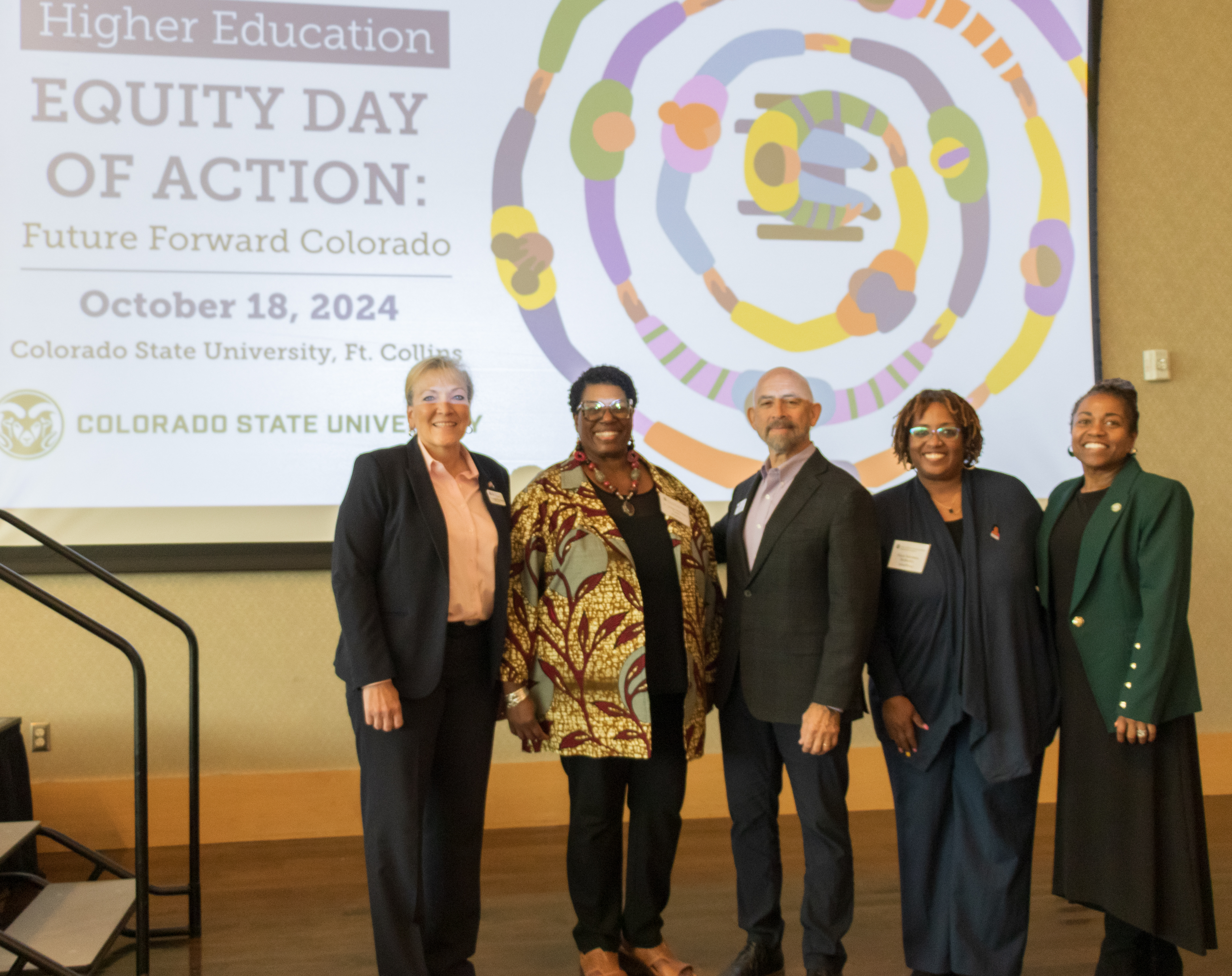With clear end goals in sight, navigating college is getting easier for Colorado students
At CCCS, we are removing unintended barriers facing students throughout their college journey. Implementing the pathways structure is one way we’re doing this – by designing programs that are easier to navigate and truly focus on student success.
“At CCCS, we are removing unintended barriers facing students throughout their college journey,” said CCCS Vice Chancellor for Academic and Student Affairs Landon Pirius. “Implementing the pathways structure is one way we’re doing this – by designing programs that are easier to navigate and truly focus on student success.”
While various approaches to pathways are being implemented across CCCS, three colleges in particular have adopted a newer model called Guided Pathways, developed by the American Association of Community Colleges (AACC). With only 43 institutions in the country executing this new model, Front Range Community College, Arapahoe Community College and Red Rocks Community College are considered pioneer institutions.
Guided Pathways has four essential practices:
1. Identifying Pathways – Before students come into the picture, college faculty and staff assess courses and lay the groundwork. This includes identifying which pathways the school can offer so that options are more sequenced and efficient.
2. Helping Students Choose a Pathway – Students answer survey questions and work with their advisor to identify a pathway as early as possible.
3. Keeping Students on the Pathway – Using technology, progress is followed to ensure students stay on track. This includes alerting advisors when students register for classes outside of their pathway or when student grades begin to drop.
4. Ensuring Students are Learning – This stage ensures students are truly understanding the content and meeting the right outcomes from the program. This includes assessments in-class and outside of class, as well as new training and teaching requirements for teachers.
We’re focusing more on supporting students so they can achieve their goals. We’re also looking at equity – how do we serve all students and address the unique gifts each student brings so they can be successful when they get here.
Miriam Merriwether, a non-traditional adult student at ACC, says the pathway helped her balance work, life and school obligations. “This tool is my compass – it tells me where I am and how to get where I need to be. This helps me stay organized and it encouraged me to pick classes and choose a schedule that I could follow. It kept me accountable.”
Since adopting Guided Pathways, ACC has seen an increase in the number of courses students are taking, as well as improved retention rates. “We’ve made such a big shift, from even five years ago, and the feedback is really positive so far,” said ACC’s Vice President of Instruction and Provost, Rebecca Woulfe.
“We’re focusing more on supporting students so they can achieve their goals. We’re also looking at equity – how do we serve all students and address the unique gifts each student brings so they can be successful when they get here.”
Pathway models are just one of the many examples showcasing adoption of technology and new systems needed to provide deep transformational shifts, showing just how responsive and innovative Colorado’s community colleges continue to be as the needs of students evolve.


